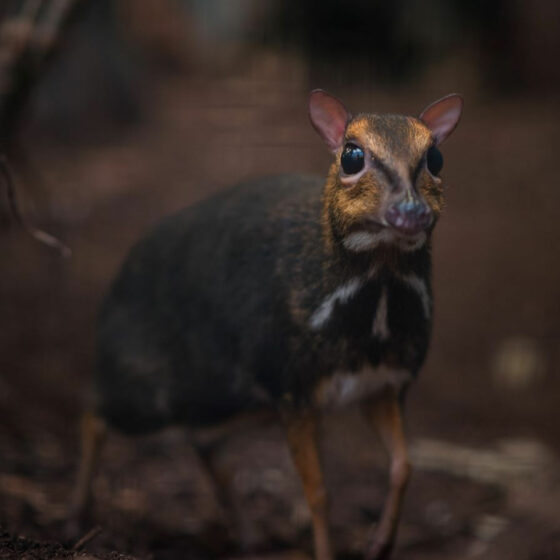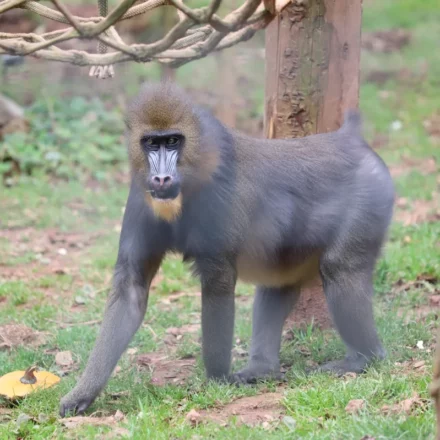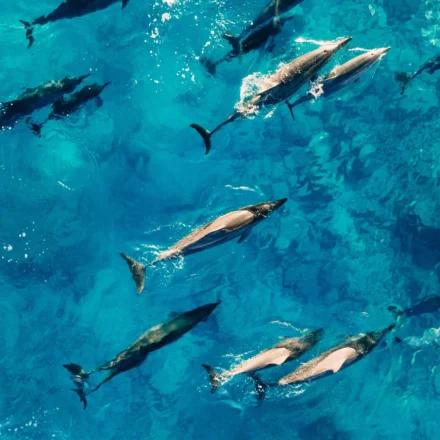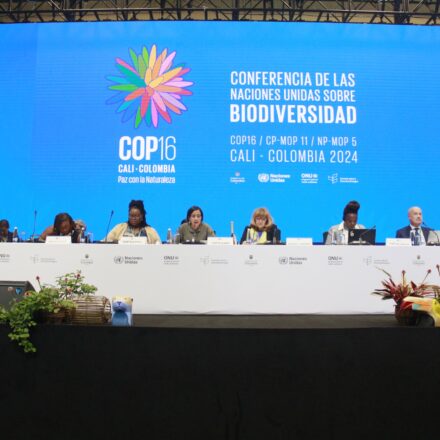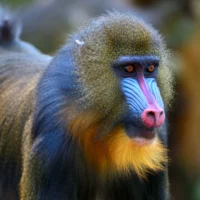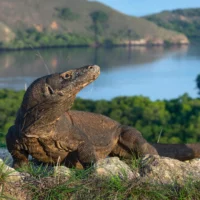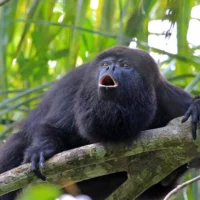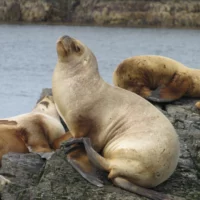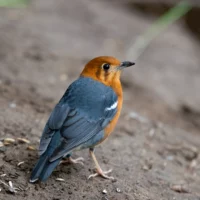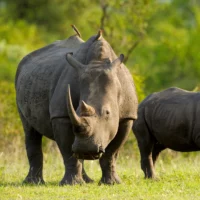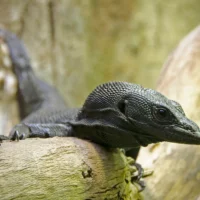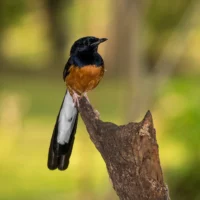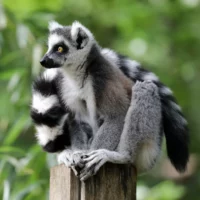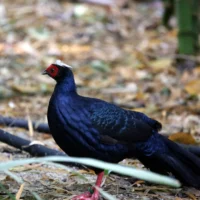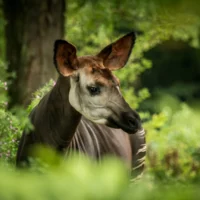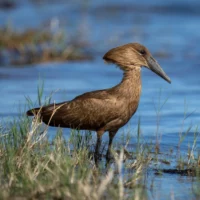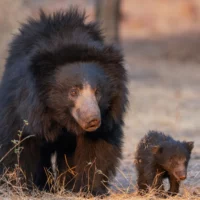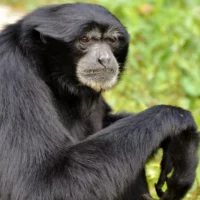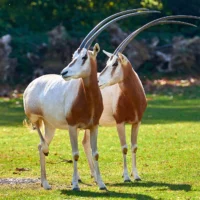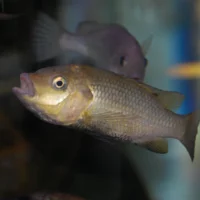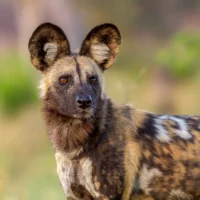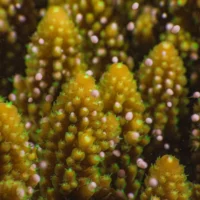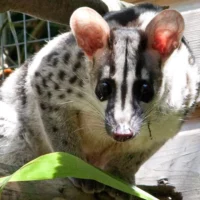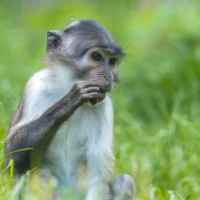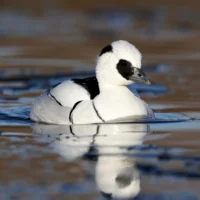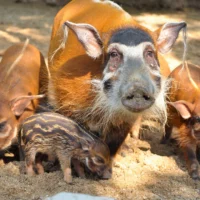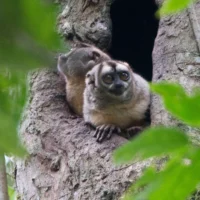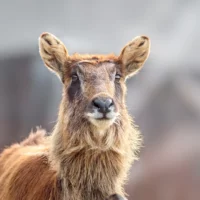Gabby Drake (Chester Zoo & Nature’s SAFE) presented a talk at the British Deer Veterinary Association meeting held on 26 November 2022, on developing methods to support the breeding of the Balabac mouse deer (Tragulus nigricans). This species of mouse deer is listed by the IUCN as endangered and there is a small, and mainly female, population managed in European zoos. Mouse deer, also called chevrotains, were an early branch of the evolutionary group ruminatia, and as well as sharing features with their cousins the cervids, share some features with the suids too, making then unchartered territory for assisted reproduction. The presentation included techniques for post mortem semen collection and storage, artificial insemination and monitoring of reproductive hormone cycles and pregnancy diagnosis using non-invasive faecal samples. Clinical techniques are challenging in these tiny animals and the reported Artificial Insemination attempt represents a first for this species, and a step towards developing assisted reproductive technologies to further their conservation.
